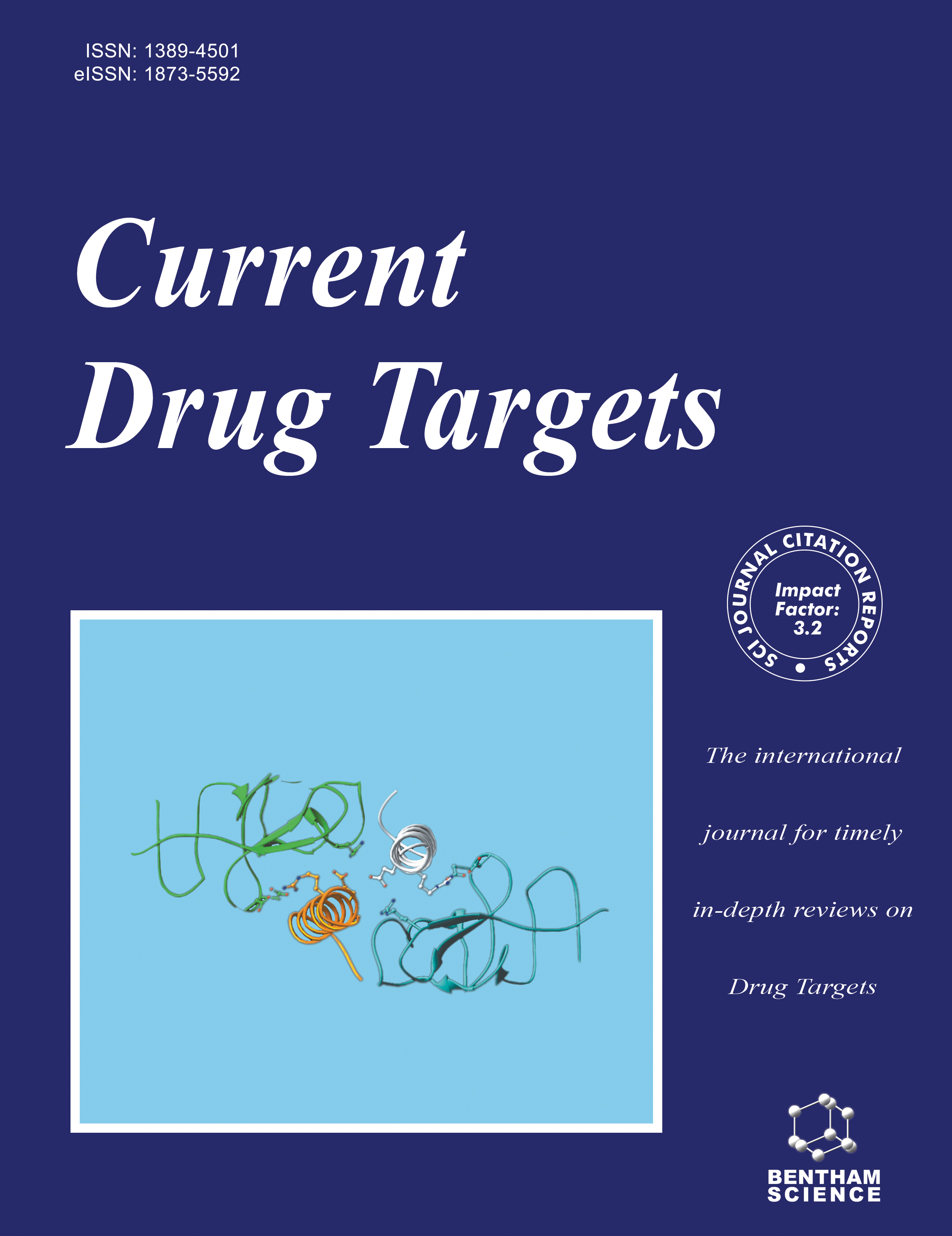
Full text loading...
Rheumatoid arthritis is a chronic autoimmune condition marked by persistent inflammation and joint deterioration, affecting millions of people worldwide. The objective of many of the drugs being prescribed for treating RA patients is to reduce inflammation and halt the progression of the disease. Additionally, several of these therapeutic options have disadvantages, namely the potential for illness recurrence and unfavorable side effects with prolonged usage. Due to these inefficiencies, treating RA now requires an entirely novel approach. In recent times, there has been a shift in emphasis towards directly targeting transcription factors (TFs) due to their crucial involvement in the progression of RA, triggering essential pro-inflammatory adhesion molecules, enzymes, chemokines, and cytokines. Considering this, researchers are investigating synthetic and natural compounds as potential options to target essential TFs and associated signaling pathways. This review focuses on the potential natural compounds and synthetic drugs to target four significant TFs, namely, hypoxia-inducible factor 1α, nuclear factor erythroid 2-related factor 2, retinoic acid-related orphan receptor gamma t, and signal transducer and activator and transcription, highlighting their contributions to revolutionizing RA treatment, thus aiming for more effective and safer therapeutic options. This review also offers an overview of the current status of various natural compounds and synthetic drugs under consideration for targeting the signaling pathways that trigger the activation of TFs.

Article metrics loading...

Full text loading...
References


Data & Media loading...

